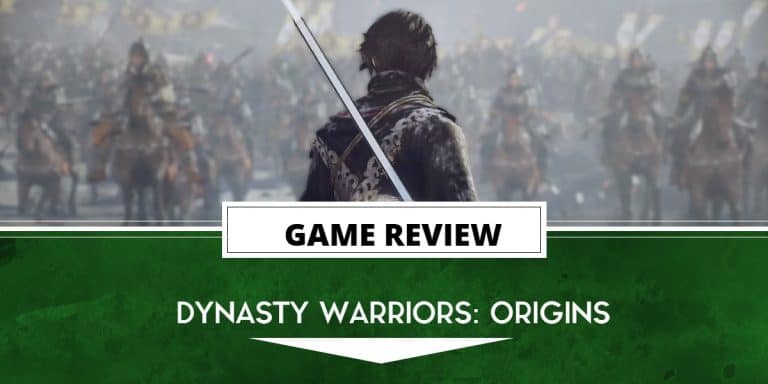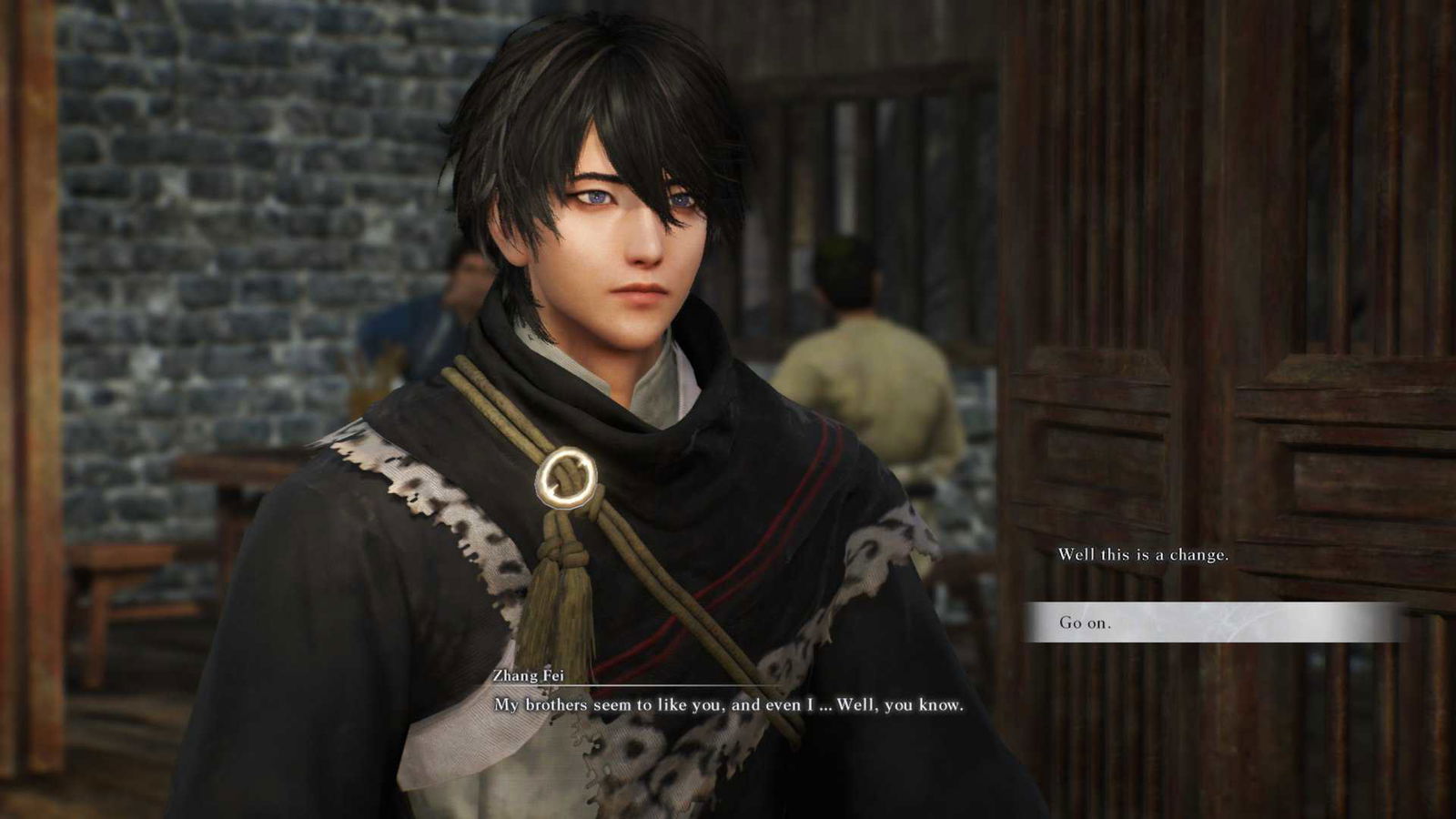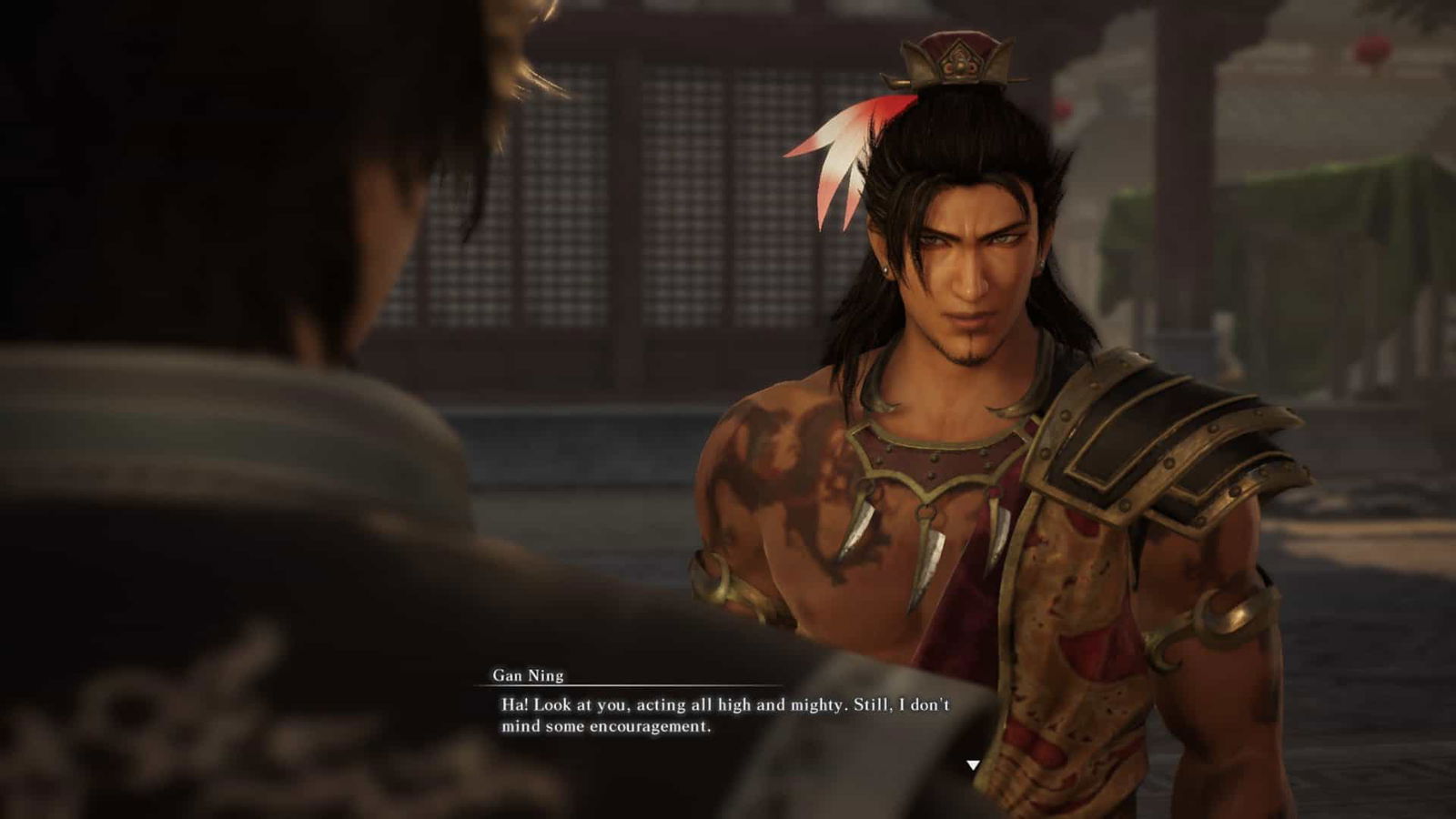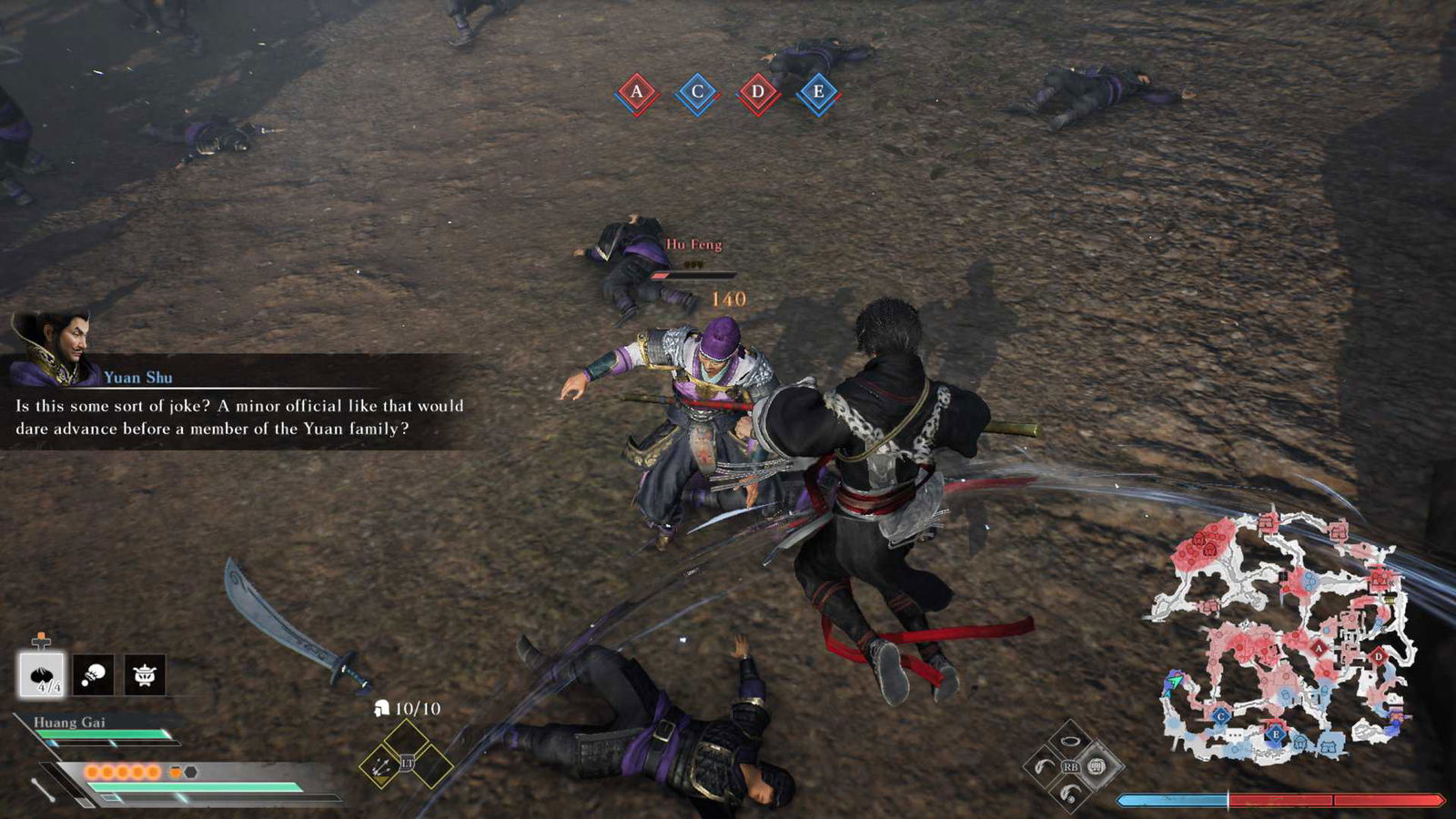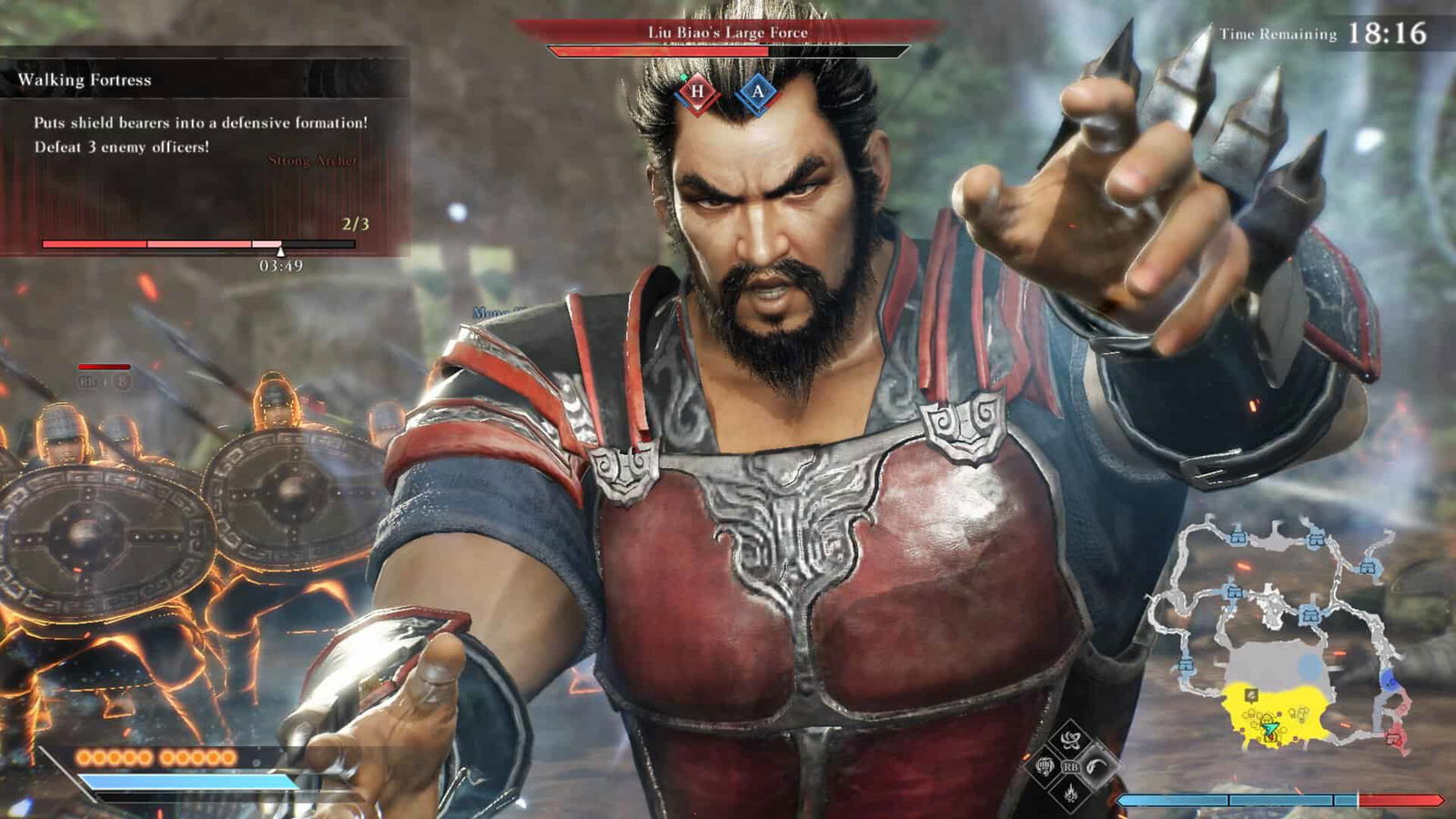Dynasty Warriors is a series that has been a part of my life for a long time. I was not the biggest fan of the new direction that Dynasty Warriors 9 took and I am not alone in that sentiment. My time with the Dynasty Warriors: Origins demo put me on the hype train for the release of the new Dynasty Warriors.
Game Name: Dynasty Warriors: Origins
Platform(s): PS5, Xbox Series S|X, PC (Reviewed)
Developer(s): Omega Force
Publisher(s): Koei-Tecmo
Release Date: January 17th, 2025
Price: $69.99
Dynasty Warriors: Origins has you in the shoes of the Wanderer, a man who doesn’t know his past, as he tries to find his place in the chaotic era of China. This is a new twist on a normal mainline Dynasty Warriors game, but it is familiar to fans of the Destiny mode in Dynasty Warriors 5: Xtreme Legends. You will gain a reputation with some of the upcoming bright-eyed new generals and potential rulers of the region.
One different thing, though, is that the Wanderer has a backstory. While you are fighting battles in this era, you can also find information that helps you dig into his past.
Becoming A True Warrior Of The Three Kingdoms
The gameplay loop of Dynasty Warriors: Origins is different from your normal Dynasty Warriors game. You will wander on an overworld with things you can collect. You can also find people to talk to on the overworld. Throughout the overworld, some areas are highlighted for battles, or people will have exclamation marks over their heads that indicate where you can go to progress the story. The first two chapters are pretty linear. Chapter three is when you can help the main three kingdoms: Shu, Wu, and Wei. At the end of chapter three, you will eventually decide which kingdom the Wanderer chooses to align himself with. Once the decision is made, you will then remain with that kingdom, and the game will once again become linear.
There are a multitude of side missions available in Dynasty Warriors: Origins. When a new section of the map opens, you can see a random white circle on your map that pops up occasionally. This is a repeatable mission. You can do these for more experience points on your weapon or to amass more resources. I would also often do these missions to help finish bonding objectives.
When you get close to an individual, they can give you bonding objectives. These objectives include defeating enemies with a certain weapon type or accomplishing feats on the battlefield. Sometimes bonding objectives will just be a mission you can go to on the map. Fulfilling these objectives increases the affinity you have with that character.
Battle in Dynasty Warriors: Origins is addicting. Each weapon is unique in its playstyle and in how it uses strong attacks. The sword uses traditional musou combat, with normal and strong attacks being combined for combos. Other weapons, like the staff, have a set strong attack combo that you can continue by simply holding down the strong attack button. My favorite weapon to use was the Padao, which is the great sword. You can map four skills to your skill palette. When you first start using a weapon, you only have two skills, but you can utilize additional skills not attached to a weapon, such as martial arts skills or even bow skills.
In chapter two of the game, you gain access to a platoon of soldiers. For the most part, they will surround your character or follow you if you are charging headfirst into battle. Their most important use, however, is tactics. You can employ tactics such as mounted charges, fire volleys, or shield walls to have your soldiers assist you on the battlefield. Honestly, some of the hardest fights become much easier if you use a fire volley to decrease the morale of enemy generals. Your soldiers are also responsible for opening gates and destroying archer towers.
I often ran back to allied bases to gather more soldiers when I lost them since I liked using tactics frequently. Morale makes a comeback, but this time it appears dynamically across the battlefield. When you are on the battlefield, there will be markers with red and blue colors surrounding them. If there is more red, it means the enemy is winning the fight in that location. If it is blue, you don’t need to worry about that fight currently, as your army is winning. There is also an overall morale gauge on the bottom right of the screen. Even if individual fights are blue, low overall morale can still cause you to lose the battle. It is important to defeat enemy generals and capture enemy bases to increase your overall morale.
Evolution For A New Generation
Dynasty Warriors: Origins introduces a new formula for the 1 vs. 1000, though it feels like a return to form. In the games after Dynasty Warriors 6, your character was all that mattered in the game. You essentially destroyed the army yourself, with your own forces acting merely as set dressing. They would seldom win fights, and allies often fell to nameless soldiers. In this game, your army matters. You can help them by charging the enemy or setting up ambushes with your soldiers to lower the enemy’s morale, making it easier for your army to defeat the opposition. This feels more similar to the difficulty of Dynasty Warriors 3 or Dynasty Warriors 4, where you helped your army win the war, rather than winning it for them. Heck, during some battles, I would be heading towards an enemy base to increase morale, only to have my army win the entire battle without my character being there.
One new thing implemented in Dynasty Warriors: Origins is more RPG mechanics. When you gain a level of proficiency in a weapon type, it gives you a level for your Wanderer. This increases your base stats and grants a new ability with the weapon type you’ve become more proficient in. When you talk to officers, you can now respond to them. However, it falls into the traps of modern RPGs, where each response only really changes how the officer responds to you, rather than creating a significant change to the story, aside from a few key interactions.
For the most part, you will be playing as Wanderer. He can join up with companions, which will dictate your starting position on the map and can also change the objectives you are required to fulfill. If you are battling and your companion’s musou gauge gets maxed out, you can hold a certain button to switch places, allowing you to play as your companion while the Wanderer stays close and fights nearby enemies.
I played Dynasty Warriors: Origins on several devices during the review period. It was the game I used to test my new PC, which houses a powerful NVIDIA RTX 4080 Super, and it ran flawlessly at 1440p. I could switch from 60 FPS to 240 FPS, and combat remained locked in that setting. Cinematics and dialogue events would lock themselves down to 60 FPS when they occurred. I also played it on my old PC with an NVIDIA RTX 3060, and it remained consistent at 1080p 60 FPS.
Additionally, I got a chance to try it on the Steam Deck and ROG Ally. The Steam Deck has its own customized setting in the game, running at 720p at a locked 30 FPS. It does dip to around 27-28 FPS when a lot of enemies are on the screen, but honestly, it is still rather playable. The ROG Ally runs on medium settings (you might need to tinker with graphical settings, as some try to overestimate its power) at 1080p 60 FPS. All devices ran the game well, and it was very playable on anything I decided to play it on.
Listening To Battle Horns
Dynasty Warriors is well-regarded for its amazing soundtrack, and Dynasty Warriors: Origins continues that tradition with some of the series’ best renditions. Even better, when you increase morale to a high degree, more instruments join the accompaniments.
Even though the series’ music is great, the voice-over work still needs improvement. With the change from Dynasty Warriors 6 to Dynasty Warriors 7, the voice direction team focused more on pronouncing names and places correctly. That’s not a bad focus, as the older games had hilarious mispronunciations of names. Having more focus on authenticity isn’t bad overall, but when it becomes the only focus—as you can tell from Dynasty Warriors 9—it can also become boring. Dynasty Warriors: Origins recognized that it was a misstep to handle voice direction so poorly, but I still think it isn’t evenly balanced across the characters. Characters like Liu Bei and Sun Ce have great voice work and emote well, while other characters like Zhou Yu and Chen Gong seem to lack emotion entirely. It’s especially disappointing with Zhou Yu, as there are moments where he loses a lot.
A Great Showing
Dynasty Warriors: Origins gives a much-needed rework to the series. It removes a significant portion of the series but adds more depth to the earlier sections of the Three Kingdoms period.
Unfortunately, you can no longer play as any of the uniquely named characters like in the earlier games, but in my opinion, condensing such a vast game series was the better choice. Battles are bigger, with more soldiers and generals on screen than ever before. I highly recommend this title for Dynasty Warriors fans and for those who want to understand why this series is as popular as it is.
Dynasty Warriors Origins releases January 17th, 2025 on PlayStation 5, Xbox Series S|X, and PC.
Review Disclosure Statement: Dynasty Warriors: Origins was provided to us by Koei Tecmo for review purposes. For more information on how we review video games and other media/technology, please review our Review Guideline/Scoring Policy.
Affiliate Link Disclosure: One or more of the links above contain affiliate links, which means at no additional cost to you, we may receive a commission should you click through and purchase the item.
Summary
Dynasty Warriors: Origins is the series returning to a war simulator that adds a lot of tension with pushing your army closer to the enemy as a focus. The morale system comes back, but you are no longer able to play as any character you want.
Pros
- Morale makes a long awaited return
- Tactics makes having soldiers important
- Game is addicting
- The Best the Dynasty Warriors Series has ever looked
Cons
- Can’t choose to fight as any unique officer
- Voice direction is all over the place
- Can’t defect to enemy sides like in Destiny Mode
- Repeatable and Side missions are generic


